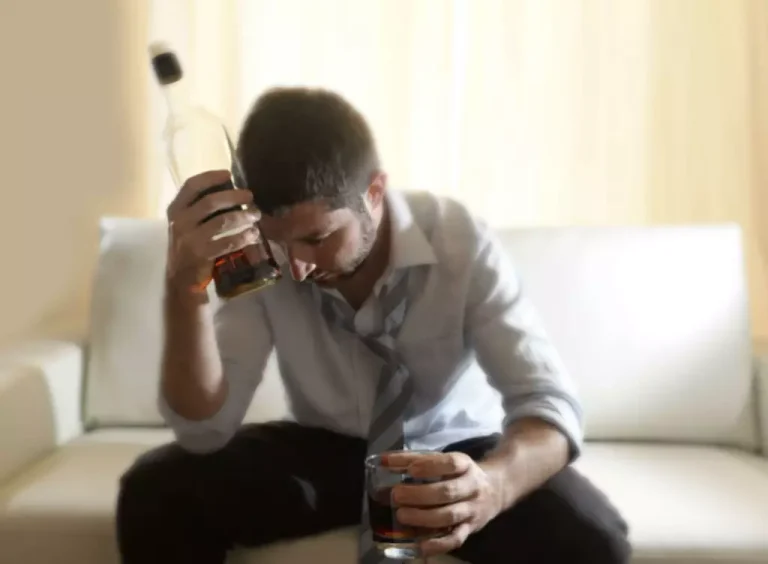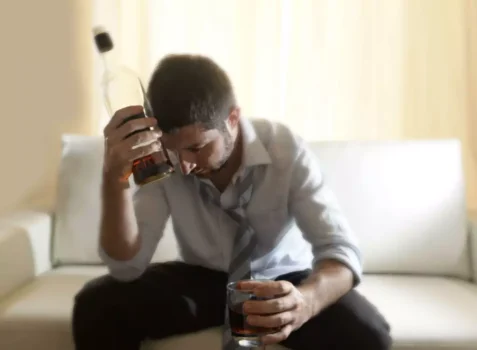
Knowing these factors can help individuals make informed decisions about their alcohol intake before getting behind the wheel. Age is another factor that affects the effects of alcohol on driving skills and judgement. As we age, our bodies become less efficient at metabolizing alcohol, making us more susceptible to the effects of alcohol even at lower levels. However, the effects of alcohol on an individual can vary depending on several factors.
The Effects of Alcohol on Your Driving Skills and Judgement

Operating a vehicle while under the influence of alcohol poses a threat to you and anyone in your vicinity. Alcohol can impair your judgment, causing you to be unaware of coordination issues such as difficulty standing upright, unsteadiness while standing, or trouble walking. You may also not realize that you are having difficulty inserting the key into the ignition. Alcohol consumption hinders sound decision-making, leading individuals to take actions they wouldn’t normally consider if they were sober.
Reasons Why People Take Naltrexone Long-term
Therefore, the objective of this article is to provide an update on the link between alcohol intake and obesity. Furthermore, factors that may explain the conflicting findings in this research area are discussed. Finally, recommendations for future research are provided to promote a better understanding of the possible obesity-promoting effects of energy intake from alcohol. In contrast to brief alcohol exposure, prolonged alcohol exposure completely desensitizes lung airway cilia such that they can no longer beat faster when exposed to inhaled pathogens. This cilia-desensitization effect is known as alcohol-induced cilia dysfunction (AICD). In AICD, prolonged alcohol exposure results in failure to stimulate CBF, thereby desensitizing cilia to activating agents such as beta agonists (Wyatt and Sisson 2001).
- Participants were required to attend a screening visit and three testing visits at Swinburne University of Technology Centre for Human Psychopharmacology in Melbourne, Australia.
- The following paragraphs outline the data supporting these deleterious effects of heavy alcohol consumption on neutrophil function in the context of S.
- According to Science Daily, even small amounts of alcohol can slow down reaction time enough to make driving dangerous.
- The FCRT task (Tiplady et al. 2001) consisted of 80 trials and was completed on a touchpad device displaying a two-by-two stimulus array of four circles corresponding to a two-by-two response array of four squares.
- Furthermore, research suggests that alcohol is an increasingly significant factor to account for in the growing number of fatalities involving distracted driving.
Drugs
For example, alcohol studies in rodents infected with aerosolized Staphylococcus aureus or Proteus mirabilis have demonstrated that alcohol intoxication decreases bacterial clearance in conjunction with decreased pulmonary neutrophil recruitment (Astry et al. 1983). Similarly, Boe and colleagues (2001) found that alcohol-exposed rats had decreased pulmonary neutrophil recruitment for up to 18 hours following S. Pneumoniae challenge; after that, however, neutrophil recruitment remained elevated even 40 hours post-challenge compared with nondrinking rats. This observation suggests that in individuals with heavy alcohol exposure, the host neutrophils arrive late at the infected lung but stay longer (Sisson et al. 2005). Impaired neutrophil recruitment also has been reported in human volunteers with blood alcohol concentrations (BACs) of 0.10 percent and 0.24 percent (Gluckman and MacGregor 1978)—that is, even at BACs that only slightly exceed the threshold for legal intoxication in the United States (i.e., 0.08 percent). These findings highlight that alcohol intoxication impairs neutrophil recruitment into infected tissues and the lung and also hinders neutrophil clearance from the lung.

Financial and Societal Costs
The circles were coloured red one at a time, and participants were required to tap the corresponding square as quickly and accurately as possible (see Fig. 3). The stimuli were presented in a random sequence, whereby both RT and errors were recorded. Mass media campaigns and police enforcement should not be limited to specific holidays since drink-driving behaviour occurs throughout the year. However, during holiday periods the frequency of enforcement and the visibility of media campaigns can be increased. Elevated blood alcohol levels, no matter how “sober” consequences of driving drunk include: you feel, can have a real impact on your ability to perform tasks that require concentration, such as driving. My frightening brush with a drunk driver made me wonder about what practices and policies could help prevent such accidents and fatalities — and question yet again whether motorists are fully aware of the importance of responsible consumption before getting behind the wheel.
The effect of alcohol consumption on risk-taking while driving
These factors are dynamic and intersect in myriad ways that are important to understand in a local context. They can contribute to differences in the burden of crashes, fatalities, injuries, and chronic health conditions that result from alcohol abuse and impaired driving among populations based on education, race and ethnicity, socioeconomic status, geography, and so on. Modern-day driving simulators provide an opportunity to investigate alcohol-related deficits in driving performance within a controlled and relatively realistic environment. Measures of driving performance often include parameters such as speed (variability), reaction time, steering behaviour, excursions out of lane, number of collisions, and in particular the standard deviation of lateral position (SDLP), or “weaving” of the car (Irwin et al. 2017; Verster and Roth 2014, 2011). A reduction in these abilities may ultimately result in an increased likelihood of collision.

A general downward trend in traffic fatalities has taken place over the past decade; however, a slight increase occurred in 2012, and in 2016 there were 37,461 fatalities, the highest since 2008 (NCSA, 2017a), as well as an estimated 2.44 million injuries in 2015 (NCSA, 2016b). You can use a technique of examining each individual decision you made in the past that led to a specific outcome, such as driving under the influence. The DOT study mentions other transportation reasons as well, such as not wanting to leave a vehicle somewhere or having to retrieve it the next day (4). Participants in the Montana study say leaving a car could “result in judgment or damage to one’s reputation” (9).
Confidence in driving performance
These phagocytic cells ingest and clear inhaled microbes and foreign particles from the lungs. The release of cytokines and chemokines by these cells, in turn, mediates the influx of neutrophils into the lungs that occurs in response to infection. Chronic alcohol exposure significantly interferes with alveolar macrophage function.